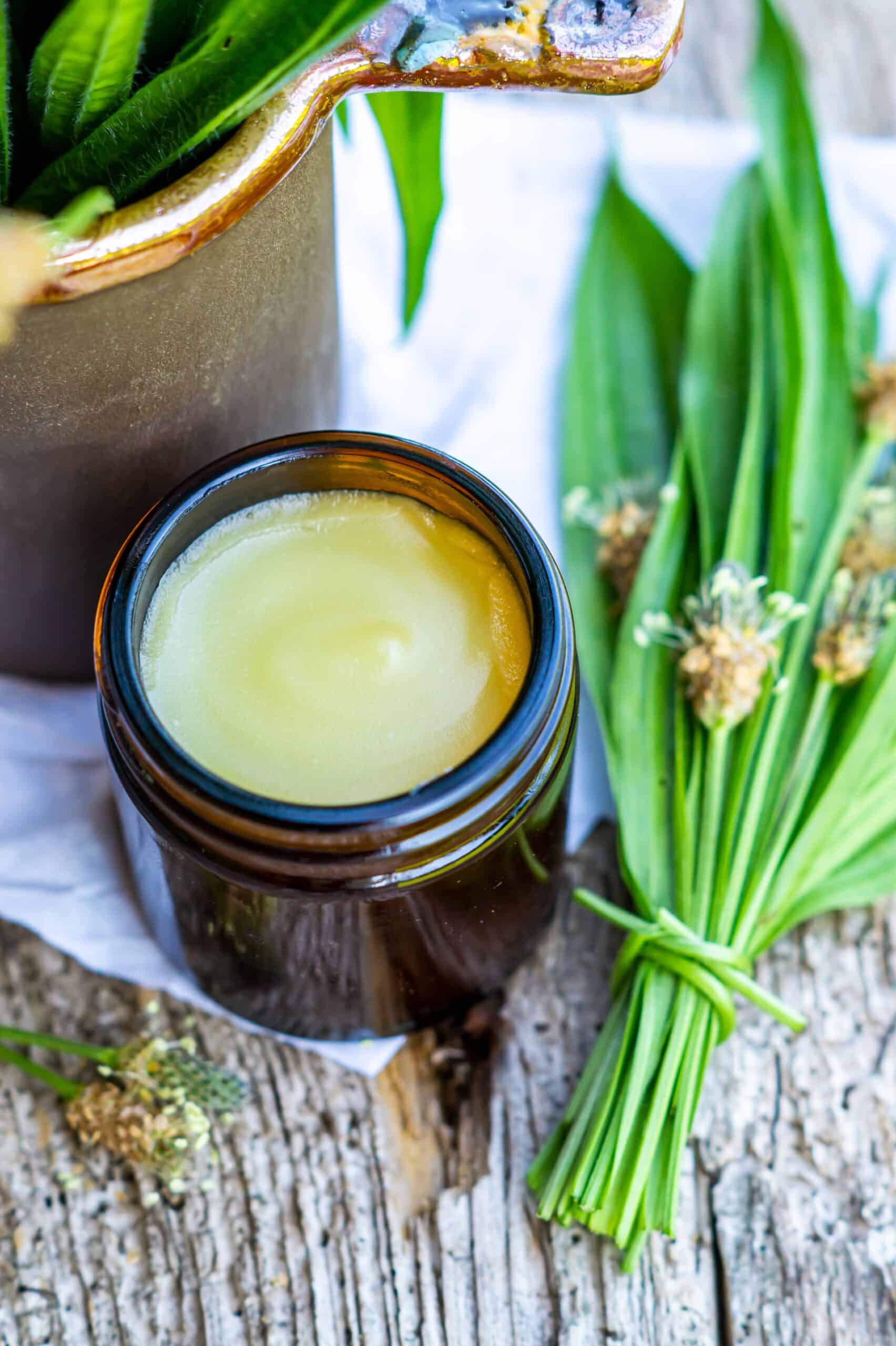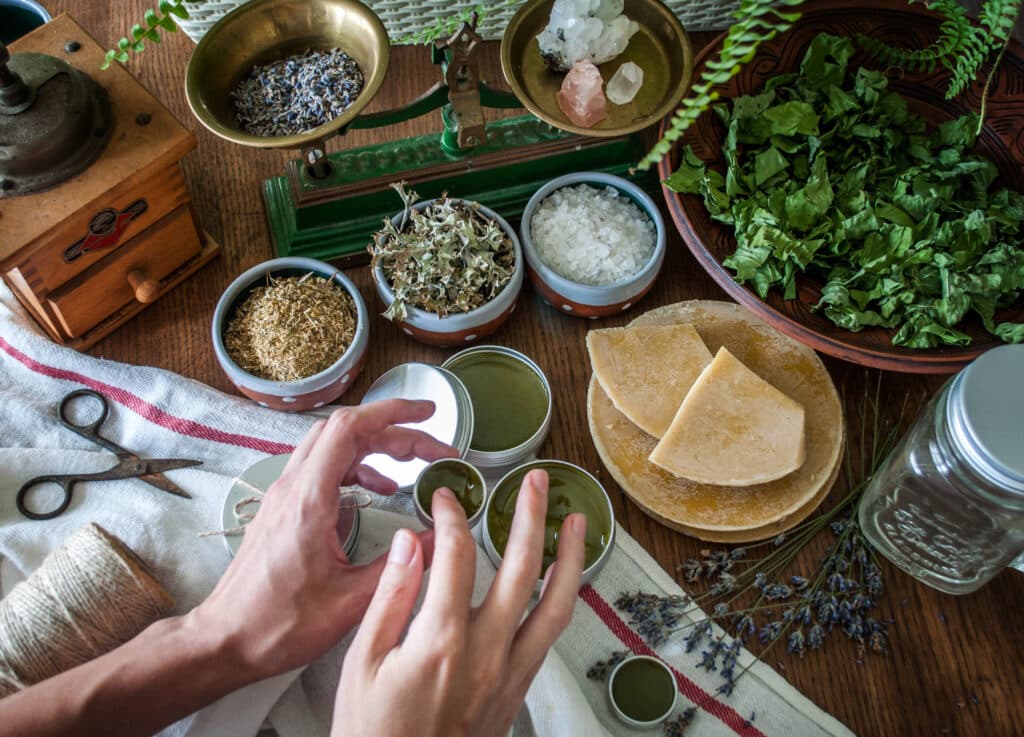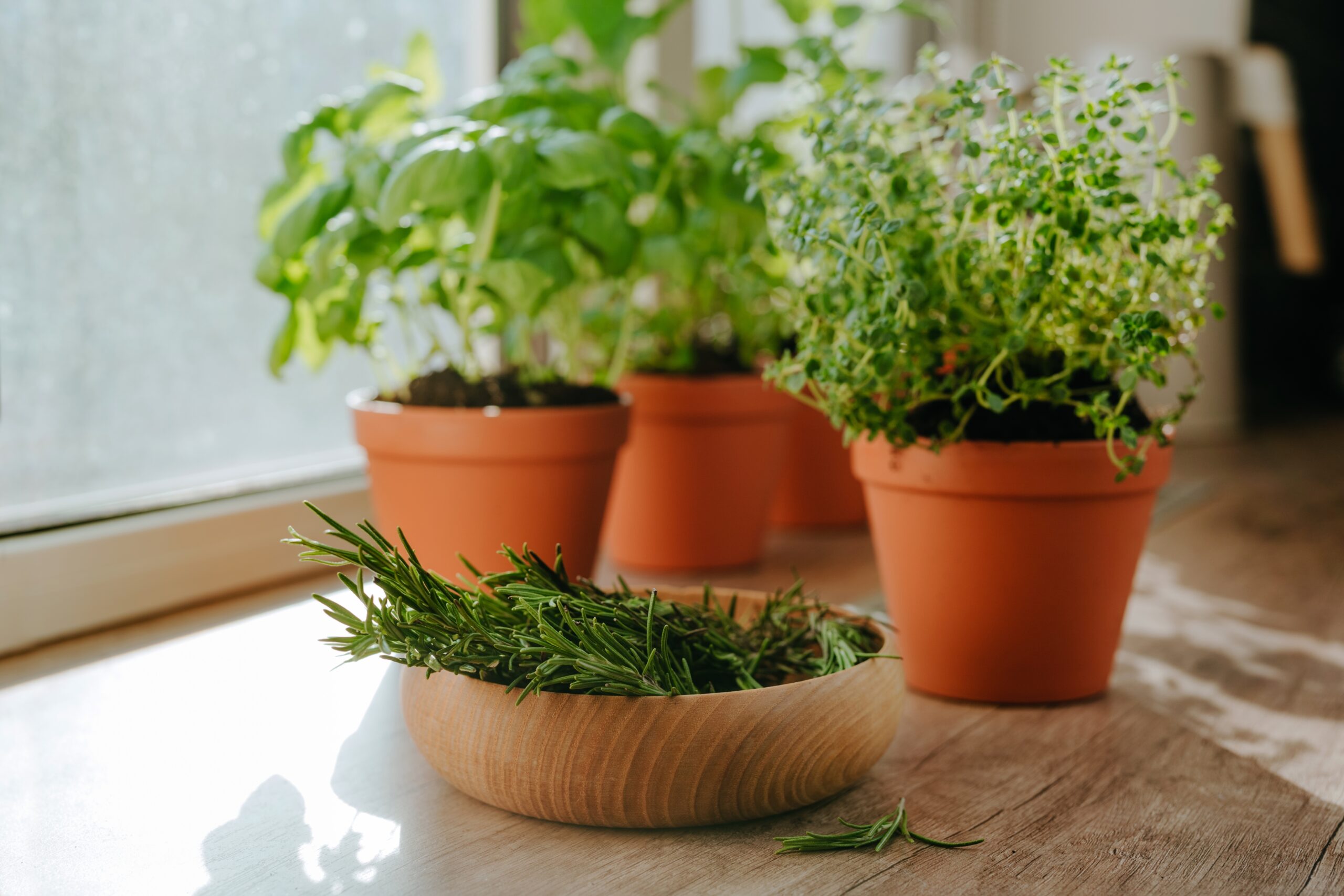
How to Make a Basic Herbal Salve for Skin Irritations
Whether it’s bug bites, dry patches, minor cuts, or rashes, skin irritations are something we all deal with from time to time. Instead of reaching straight for chemical-laden creams, you can make your own natural herbal salve at home—customised, effective, and free from nasties. In this guide, you’ll learn how to craft a simple herbal salve from scratch, using healing herbs and nourishing oils to soothe and protect your skin naturally.
Outline
- Introduction
- Why Choose Herbal Salves?
- Best Herbs for Skin Healing
- Ingredients & Tools You’ll Need
- Step-by-Step: Making a Basic Herbal Salve
- Customising Your Salve
- Storage and Shelf Life
- Safety Tips & Application Guide
- Final Thoughts
Introduction
Your skin is your body’s largest organ—and it deserves some love. Minor irritations like scrapes, dryness, eczema, and insect bites can benefit greatly from the power of plant medicine. Herbal salves, also known as balms or ointments, combine herbal-infused oils with beeswax to create a semi-solid, easy-to-apply treatment that delivers relief straight to the skin.
Making your own is simple, empowering, and cost-effective—plus, it smells amazing.
Why Choose Herbal Salves?
- Non-toxic: Free from synthetic preservatives, fragrances, and petroleum
- Customisable: Tailor to your skin’s specific needs
- Cost-effective: A little goes a long way
- Sustainable: Use reusable jars and natural ingredients
- Potent: Herbs like calendula and comfrey are backed by centuries of use
Herbal salves are perfect for creating a natural first-aid kit, and once you learn the basics, you can experiment endlessly.
Best Herbs for Skin Healing
Here are the top healing herbs commonly used in skin salves:
| Herb | Benefits |
|---|---|
| Calendula | Anti-inflammatory, soothing, speeds healing |
| Plantain | Draws out toxins, relieves itching |
| Comfrey | Promotes cell regeneration, ideal for wounds |
| Lavender | Antibacterial, calming, reduces inflammation |
| Chamomile | Gentle, reduces redness and sensitivity |
| Yarrow | Antiseptic, stops minor bleeding |
| Tea Tree | Antifungal, antimicrobial |
Note: Always use dried herbs to prevent mould in oil infusions.
Ingredients & Tools You’ll Need
Base Ingredients:
- 1 cup dried herbs (e.g. calendula, plantain, comfrey)
- 1 cup carrier oil (olive oil, sweet almond oil, or sunflower oil)
- ¼ cup beeswax pellets
- Optional: a few drops of essential oil (lavender, tea tree)
Tools:
- Double boiler or heat-proof bowl + pot
- Fine mesh strainer or cheesecloth
- Glass jar or tin for storage
- Clean spoon or spatula
- Dark glass bottles (if making infused oil in advance)
Step-by-Step: Making a Basic Herbal Salve
Here’s a simple method using herbal-infused oil:
Step 1: Make the Herbal Oil
There are two methods:
Quick (Stovetop) Method:
- Combine dried herbs and oil in a double boiler.
- Gently heat on low for 1–2 hours, stirring occasionally.
- Do not let it boil. Keep temperature below 70°C (160°F).
Slow (Infusion) Method:
- Place herbs and oil in a clean jar.
- Let sit for 4–6 weeks in a warm, sunny spot.
- Shake daily.
Then:
- Strain the oil through cheesecloth, squeezing out all the good stuff.
Step 2: Make the Salve
- In a clean double boiler, combine your herbal oil and beeswax.
- Stir until the beeswax melts completely.
- Remove from heat. Add essential oils if using.
- Pour into sterilised jars or tins.
- Let cool completely before sealing.
Consistency tip: If it’s too soft, add more beeswax next time; too hard, use more oil.
Customising Your Salve
You can tailor your salve to specific skin needs:
- For eczema: Calendula + chamomile + lavender oil
- For cuts/scrapes: Comfrey + yarrow + tea tree oil
- For bug bites: Plantain + peppermint + witch hazel extract
- For cracked skin: Chamomile + shea butter + almond oil
Also experiment with butters like shea or cocoa for extra richness.

Storage and Shelf Life
- Store in a cool, dry place, away from direct sunlight.
- Use dark glass jars or tins with a tight seal.
- Shelf life: 6–12 months, depending on oil used and storage.
Pro tip: Add a few drops of vitamin E oil as a natural preservative.
Safety Tips & Application Guide
- Patch test first: Apply to a small area and wait 24 hours.
- Do not apply to deep wounds or infected skin.
- If you’re pregnant, nursing, or on medication, consult a practitioner.
- Avoid essential oils on children under 2 unless approved safe.
To apply:
- Clean and dry the affected area.
- Use clean fingers or a spatula to apply a thin layer.
- Reapply 2–3 times daily or as needed.
Final Thoughts
Making your own herbal salve is a simple yet satisfying way to connect with natural healing. With just a few ingredients and a bit of time, you can create a skin-loving remedy that’s free from synthetic junk—and full of plant power.
Whether you’re soothing a sunburn, calming eczema, or building your family’s natural medicine cabinet, a homemade herbal salve is a small but mighty step in holistic living.
Nature’s pharmacy fits in your pocket—what will you craft next?
